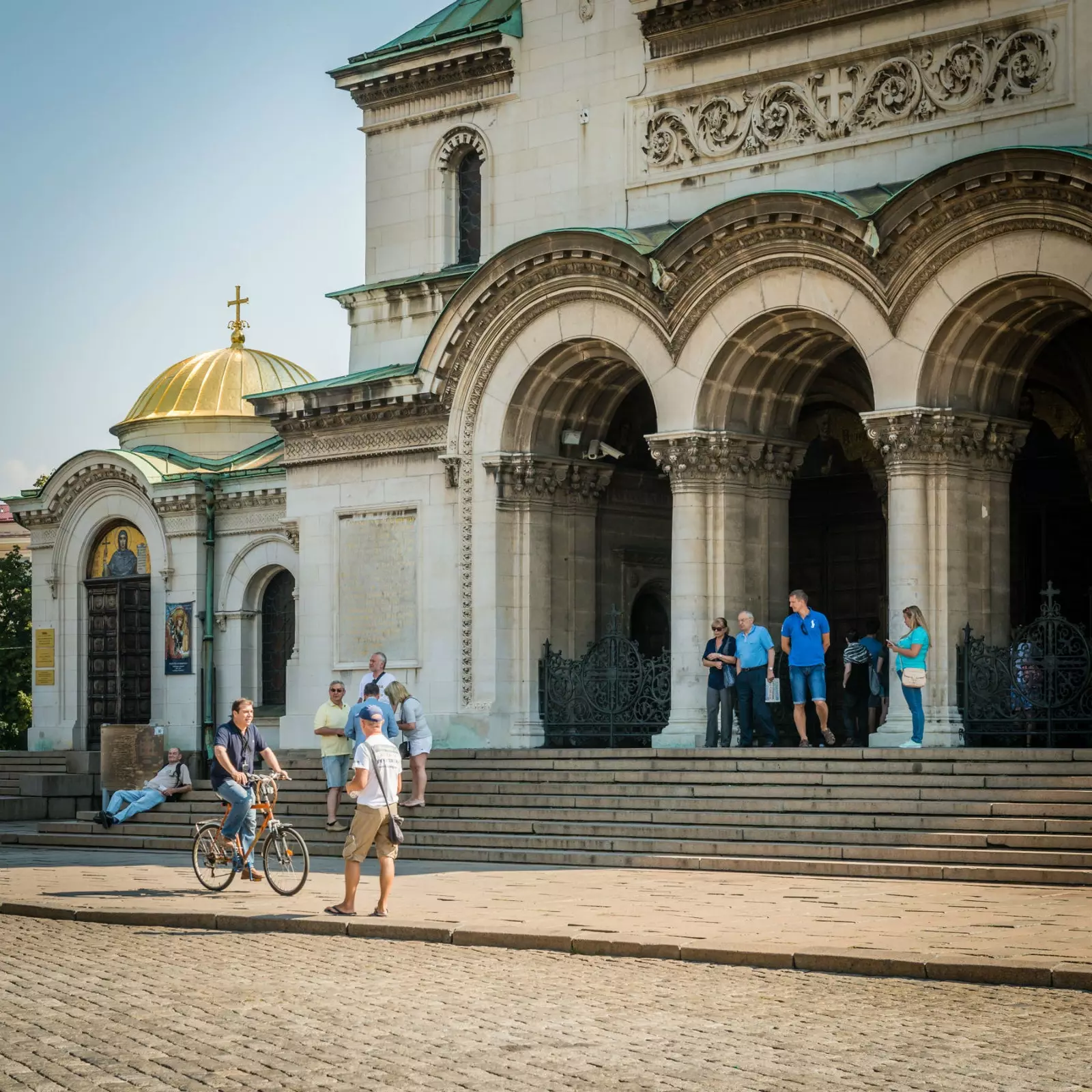
Alexander Nevsky Cathedral
According to archaeology, one of the oldest cities in Europe is called Sofia and it is seven thousand years old. Older than London, Rome or Paris. Sofia means, in Greek, “ wisdom ”, And the representation of her appears throughout history as the image of a woman, emanation of eternal knowledge. So that Europe is lucky to have Holy Wisdom as a grandmother.
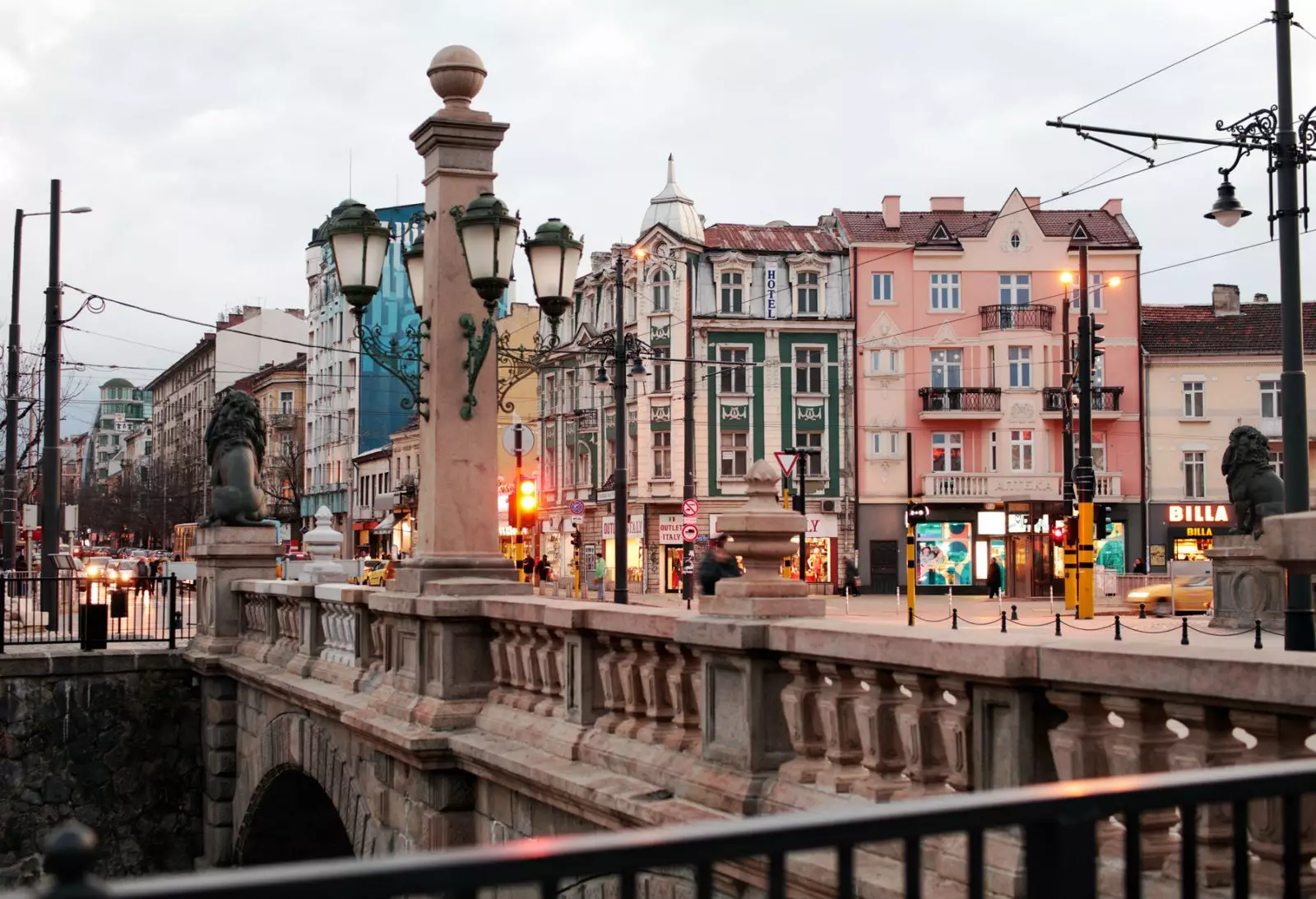
Bridge of Lions in Sofia
They left their trace on it Hellenes, Thracians, Romans, Byzantines, Macedonians, Huns, Ottomans, and Russians , since its vital strategic location on the communication routes between Europe and Asia they made it a coveted booty for the powers of each period.
Inheritance of all these comings and goings of some empires and others, a multiplicity of cultural influences, a city where Europe welcomes the powerful influence of the East.
The capital of Bulgaria is one of the most unknown in Europe and therefore, of the least visited. Despite this, it struggles to shine from its privileged position in the **central Balkans**.
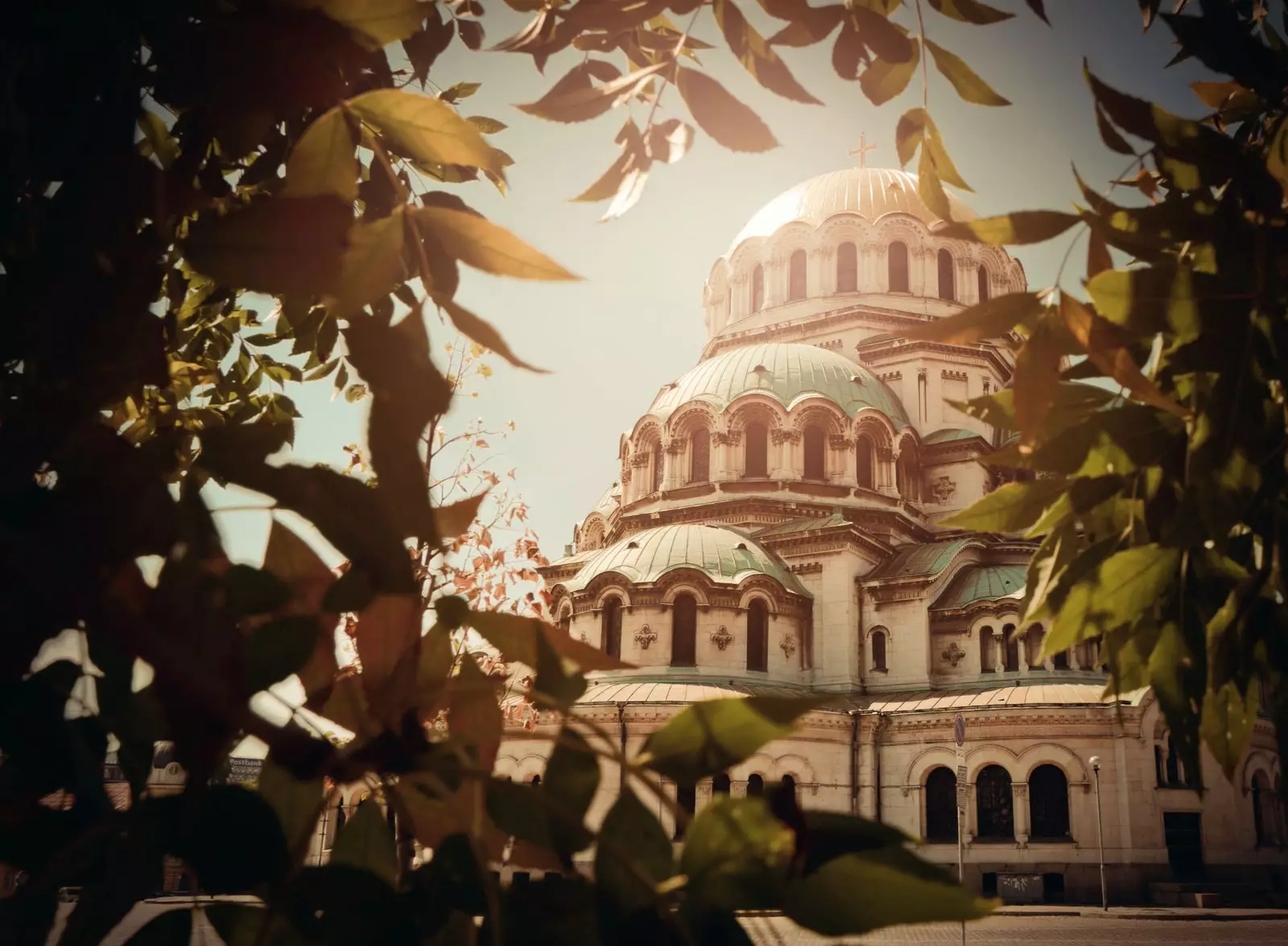
cathedral at dawn
The first impression of someone who comes from afar to stroll through its streets is that of a monumental city with a strong Soviet imprint in its architecture , customs and character of its inhabitants. Sofia does not intend to get rid of that air of post communist city left by having become a satellite republic of the powerful USSR behind the “Iron Curtain”.
Although, in the same way, it does not seek to show the scars that were left due to the bombings it suffered in World War II. Since then Sofia has renewing and taking care of yourself , since not only from the memory remains an ancient city.
Sofia offers a amalgamation of places of interest in its historic center , which can be reached on foot from one place to another. Therefore, those who enjoy spending soles on their trips are in luck, because by immersing themselves in their streets and tunnels of Muscovite aspect that cross the avenues, they will discover curious shops, old trams and a city that all of it looks like a religious center.
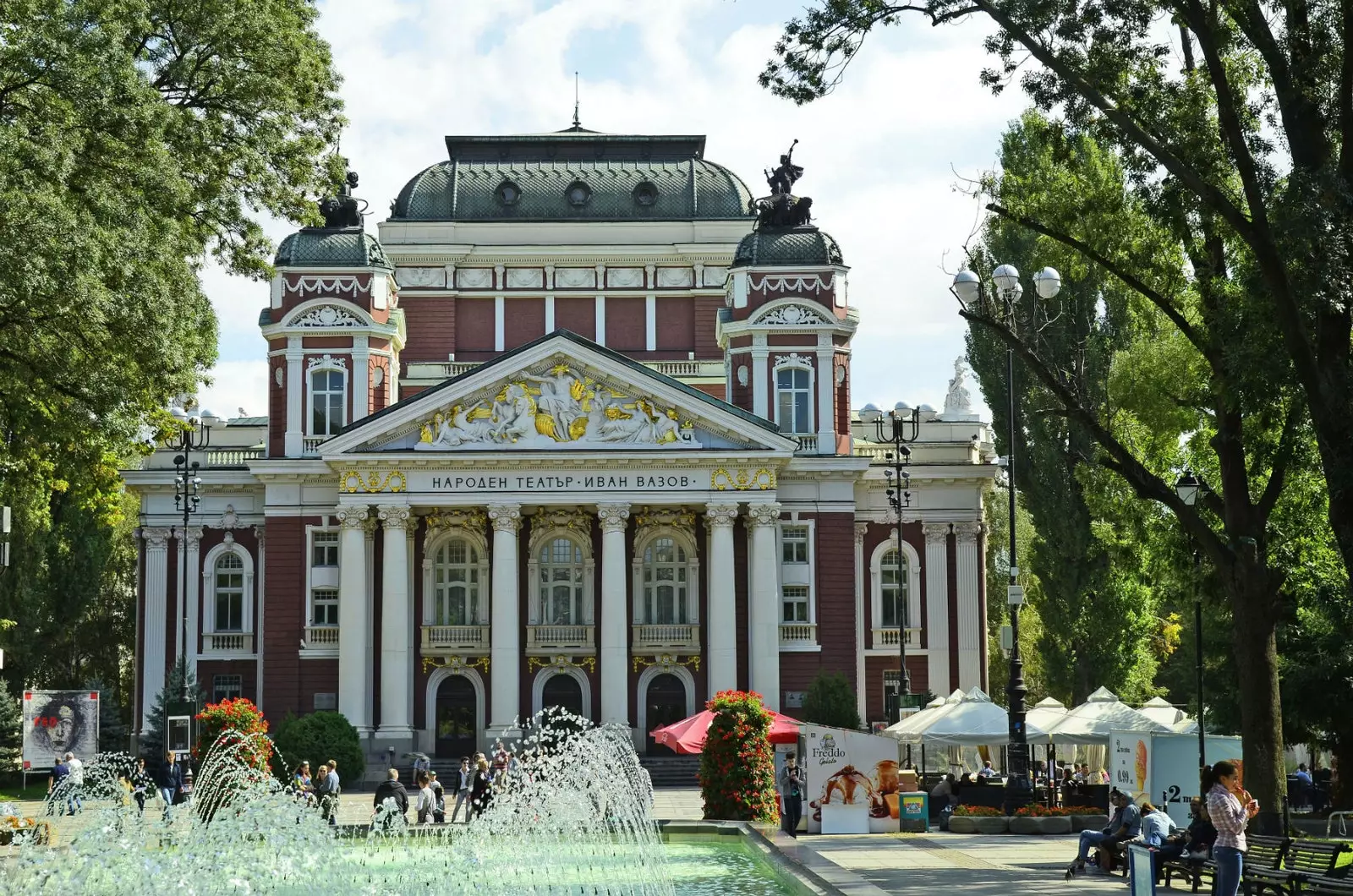
neoclassical sophia
TRAMS, 'KLEK' SHOPS AND A SAINT: A WALK THROUGH SOFIA
Let me sprinkle this story with what remains in my memory of that winter weekend in which I dared to leave the temperate Mediterranean and flew towards the Balkans . My memories of Sofia are all frozen, not because of the passage of time, but because of that numbing cold that received all of us who set foot in the city those days.
Arriving at Sofía makes you feel strange, or, perhaps, the stranger is her. After all the process that goes from when you land until you get to your “ home for a few days ”, I find myself wondering if I am still in Europe or if I have completely abandoned the continent. Finally, I discover that both thoughts have some truth.
Snow and cold are companions on this journey . The puddles in the streets are freezing and thawing as the sun tries to impose itself, not always with luck in its favor. The city is dotted with communist housing blocks, large buildings for the working masses . In this, it seems to me that it does not differ so much from any Spanish outskirts.
And before reaching the center, their streets seem messy, their buildings have chipped walls, graffiti in bulgarian that I would like to understand and some abandoned lots and half covered by snow, garbage and meaningless objects.
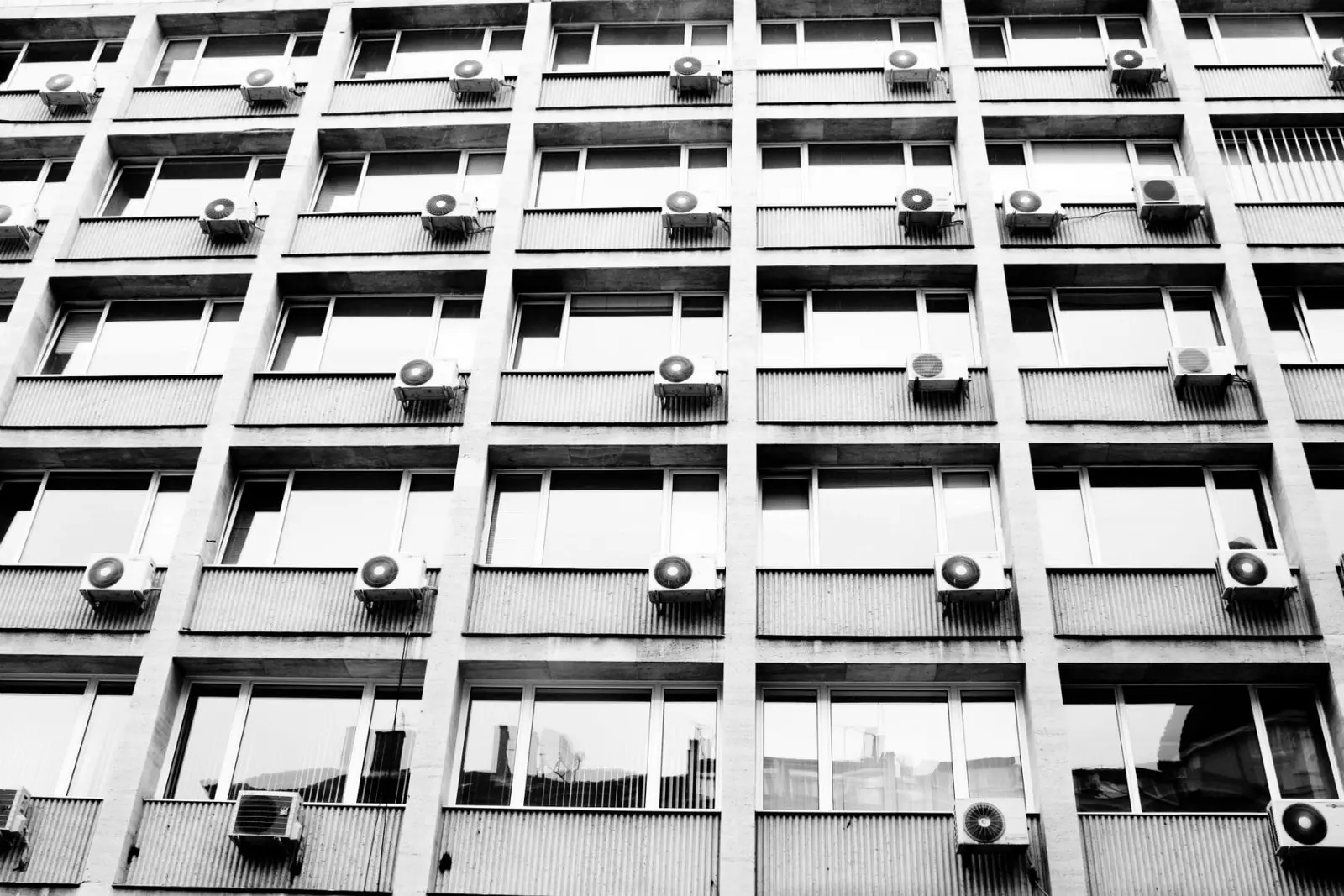
The nondescript facades of some areas of Sofia
The center of Sofia, on the other hand, is a succession of squares and neoclassical buildings who speak of great European effort of the city, after freeing itself from the Ottoman Empire. And at a busy intersection appears, imposing, the Hagia Sophia monument over a lofty pedestal sixteen meters high.
The figure that honors the patron saint of the city, made in bronze and copper, wears a crown, a laurel wreath and an owl, which symbolize, respectively, the power, fame and wisdom . Staring at her, it seems that the icy wind made her move happily. The gesture of the Bulgarians does not seem so cheerful, since it is difficult to get a smile out of them, perhaps they do not like tourists, or, perhaps, it is because of the winter that makes everything less lively.
Between the cars appears a bright yellow tram adding, even more, a retro aesthetic to the city. Sofia is reputed to have a very decent public transportation , perhaps it is also a legacy of its socialist past, and its streets are crossed by electric trams, buses and trolleybuses, many of them still surviving from the communist era.
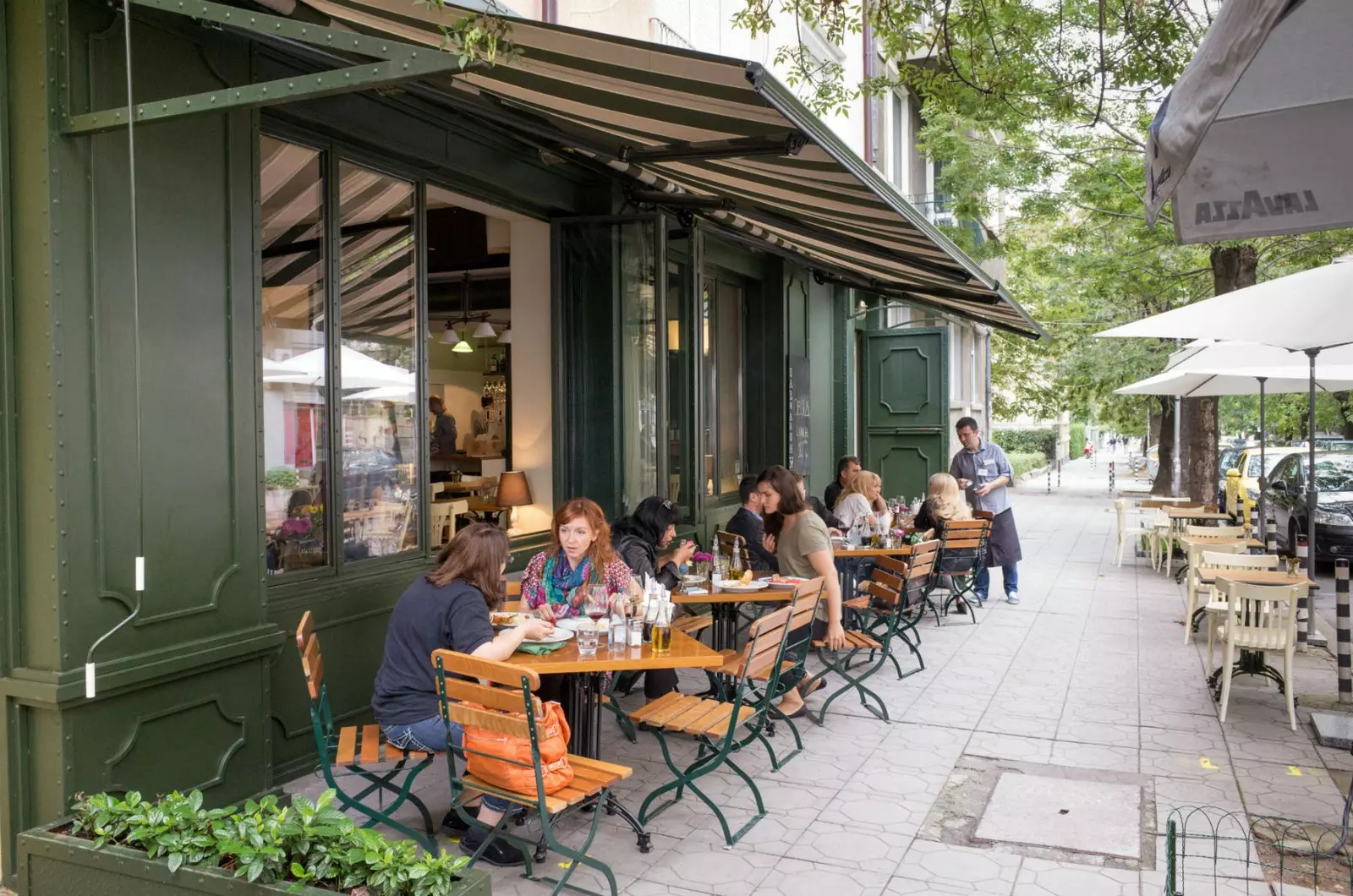
Fresh air on the streets of Sofia
The streets of Sofia are dotted with small and curious shops that could well be run by gnomes: The “ klek-shops ”. They emerged in 1989, when Bulgaria abandoned communism, embraced the free market and legalized private property, so people began to take advantage of their basements to create small business and coping with the economic crisis in which they were immersed. Thus, in addition, they avoided paying for a local and took advantage of their own homes. The windows of these peculiar little shops are at the level of the sidewalk, so it is necessary to bend down to be able to buy in them.
One of the most beautiful panoramas that the snow gave to those of us who walked there was the snowy picture of the square of the Ivan Vazov National Theater , the largest and oldest in the country. Since its neoclassical facade surrounded by snow, mobile hot food stalls and the frozen fountain seemed to have escaped from the scenery of The Nutcracker.
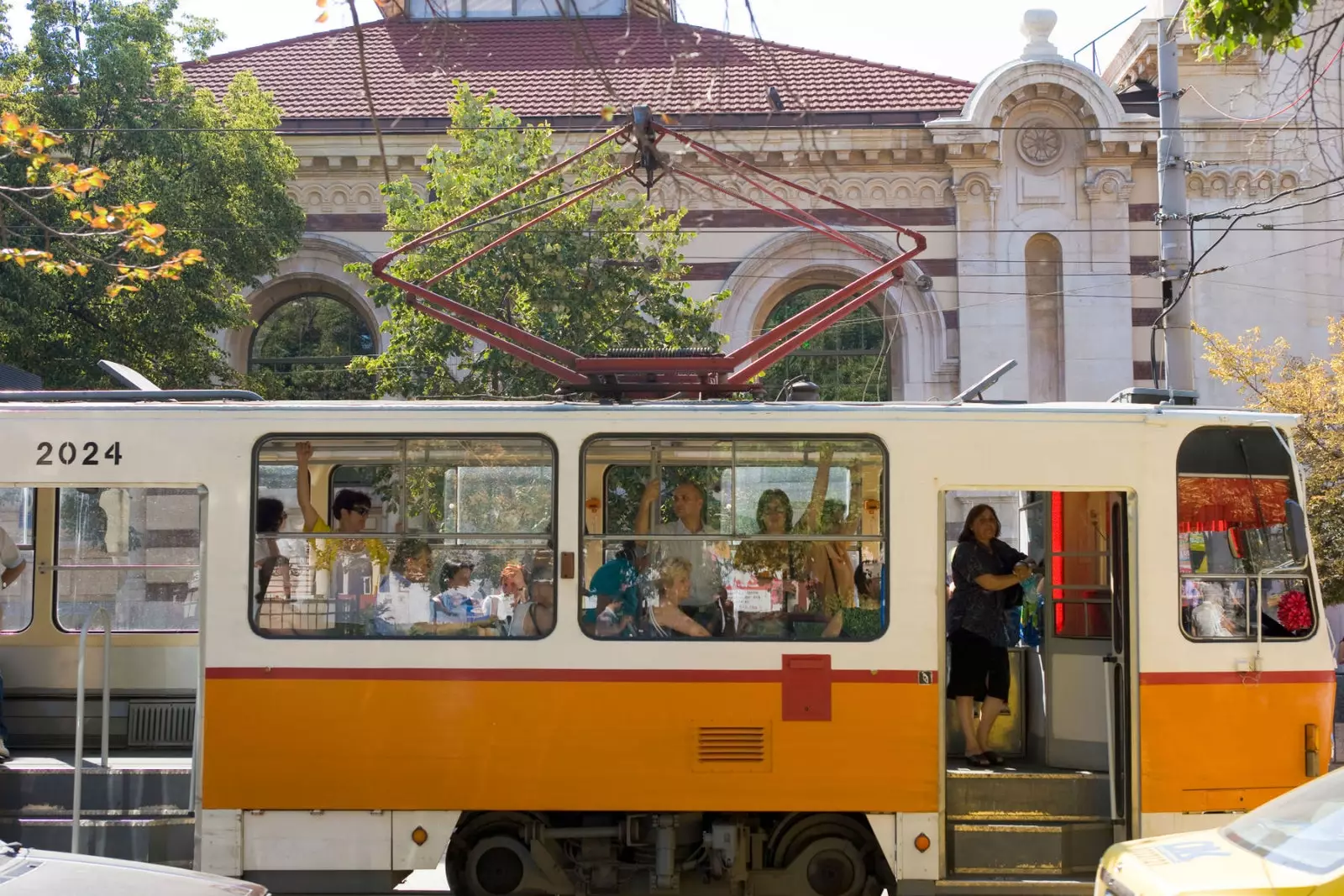
Sofia tram
The Apartment It is the most curious and endearing cafeteria in which I remember being. Hidden in an old building with high ceilings and windows that keep out the cold, it is a “almost hipster” establishment, in which each room is decorated as if it were the living room of a house, each of different styles, but all generate that feeling of wanting that to be the one in your own home. In The Apartment they literally let you into the kitchen , also very homely, and where they prepare an addictive Himalayan tea and a chocolate and fruit tart It leaves you wanting to come back the next day. And so it happened.
The cold is really overwhelming for those of us who are not used to it, so going in to warm your hands and body by the fire of the candles in the churches seems like a smart option that is repeated throughout the walks. Luckily Sofia is dotted with a huge number of temples in which to shelter from the cold between candles and suggestive religious scenes.
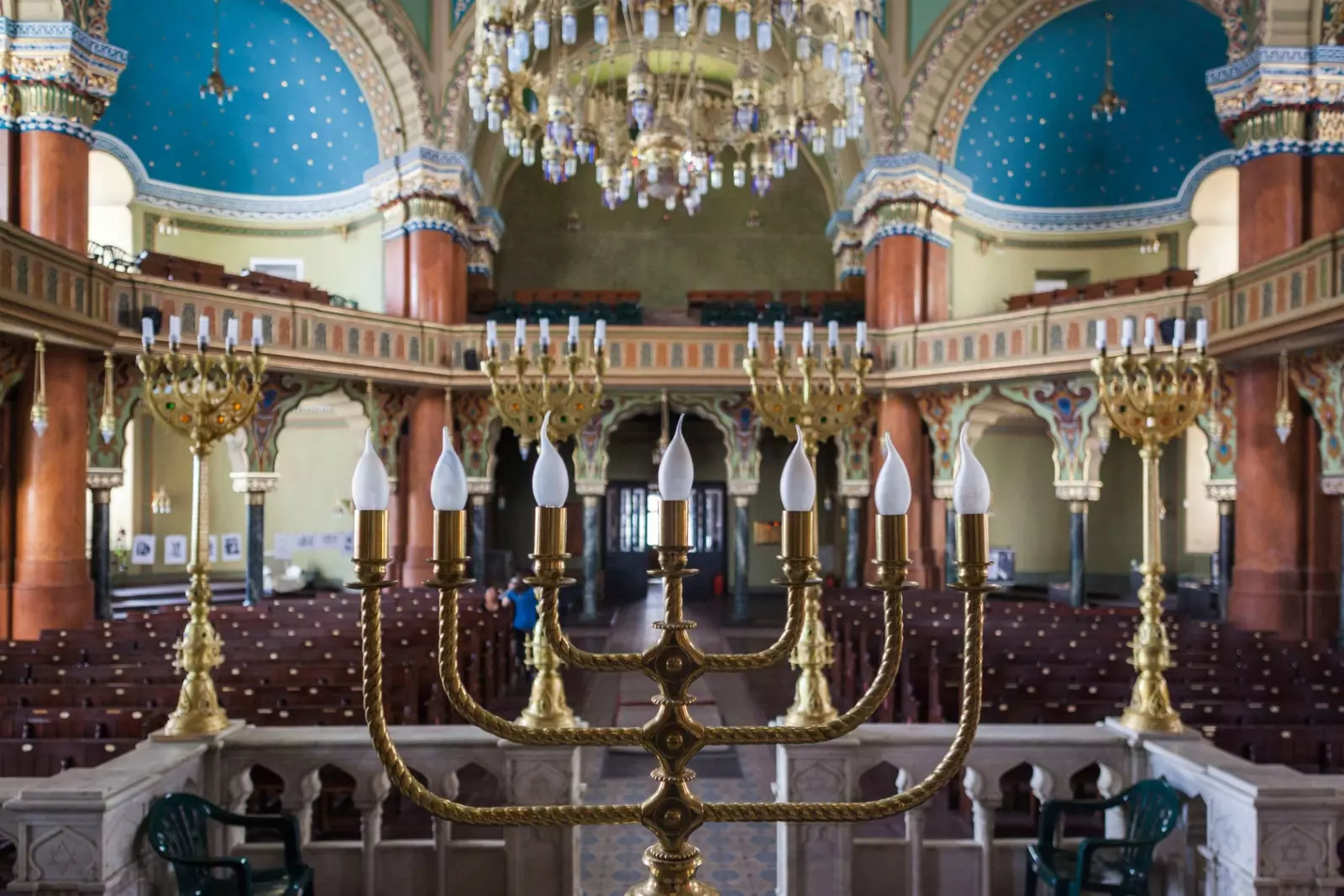
The Sephardic synagogue of the city
A HOME FOR RELIGIONS
As a result of the human movement that Sofia has experienced throughout its seven millennia of existence, there remains a modern city with the imprint of its past . The city is an important center related to worship, where Jews, Catholics of the Byzantine rite, Muslims and a large majority of Orthodox Christians live together.
Sofia is the seat of the bulgarian orthodox church and has the Alexander Nevsky Cathedral, one of the largest Orthodox cathedrals in the world and also one of the most important monuments in the city.
Its construction began at the end of the 19th century and ended in 1912. The cathedral itself in an evidence of the close relationship between Russia and Bulgaria throughout history, since its construction was carried out to remember the fallen Russians during the Bulgarian-Ottoman War between 1877 and 1878, which led to the independence of Bulgaria from the Ottoman Empire.
Its interior is safe from photographs , as it is one of the many temples where you have to make a small donation if you want to take a visual memory with you on your camera or mobile. You have to be very quick and discreet to get a couple of snapshots and thus avoid a scolding in Bulgarian or quite limited English.
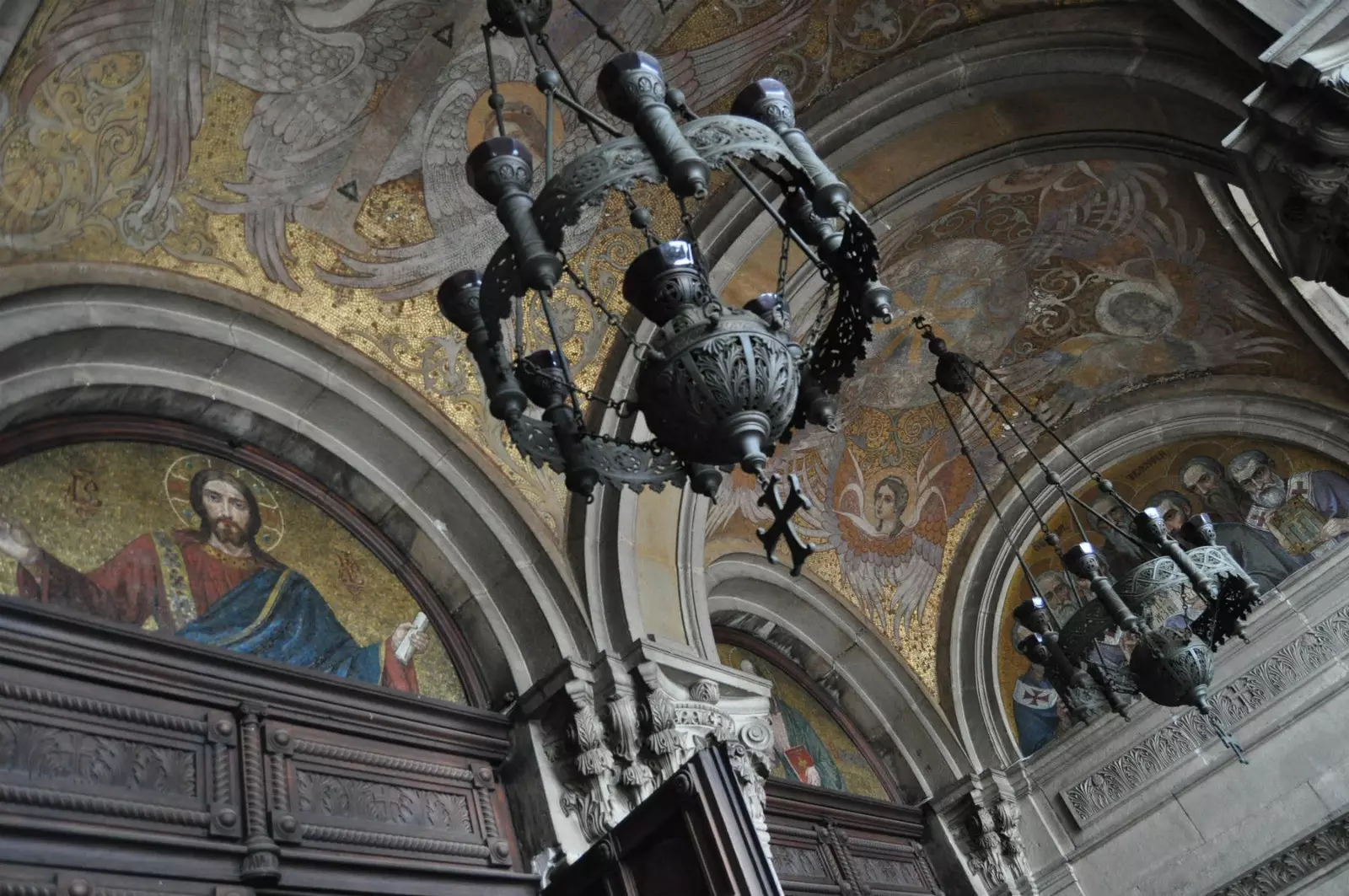
The interior of the Alexander Nevsky Cathedral
Another of the most important churches in the city is that of Saint George, or "Sveti Georgi" , built by the Romans in the 4th century and which is currently not only the oldest church in the city , but also, the oldest existing building in Sofia . To access it, you must first find the Presidential palace , because it is in their inner courtyard where they have her “prisoner”. Patio in which it will not be uncommon to find, despite the paralyzing cold of the Bulgarian winter, a group of children playing tag or smoking while resting from their runs among the stones.
Equally important is the importance of sophia synagogue , well it is the largest Sephardic synagogue in Europe . The majestic building, officially inaugurated in 1909, symbolizes the coexistence of the Bulgarian and Hebrew people . It was only closed between the fateful 1943 and 1944, when most Jews were deported from Sofia to other parts of the country. To be able to see its interior it is advisable to avoid the Saturday , since during the Sabbath it will have the doors closed.
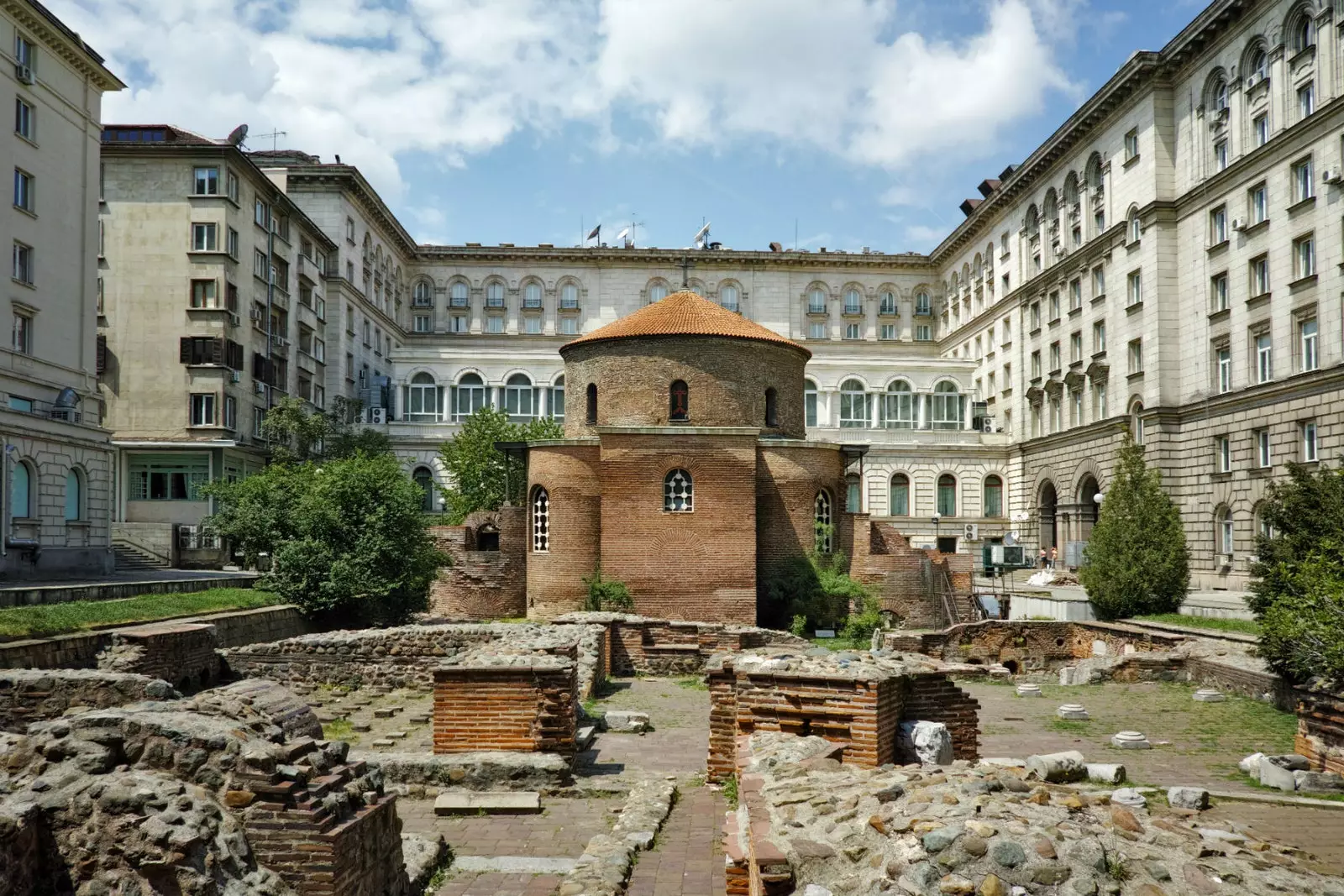
Church of Saint George
Banya Bashi Mosque It is located in the center of the city, in front of the Sofia Central Market . It was built at the end of the 16th century, during the Ottoman period, making it one of the oldest mosques in Europe. The temple was built on some hot spring baths and, currently, you can see how the water vapor filters out through the walls of the building.
Daughter of the meeting of all these cultures that have passed through her, it is possible that you love Sofia, or that you do not like anything at all. The truth is this ancient millennial has witnessed so many stories that it would be necessary to give her a voice and let her tell us about them . Meanwhile, others will be the ones to talk about this city that, despite its harsh winters, seeks to show us its own light.
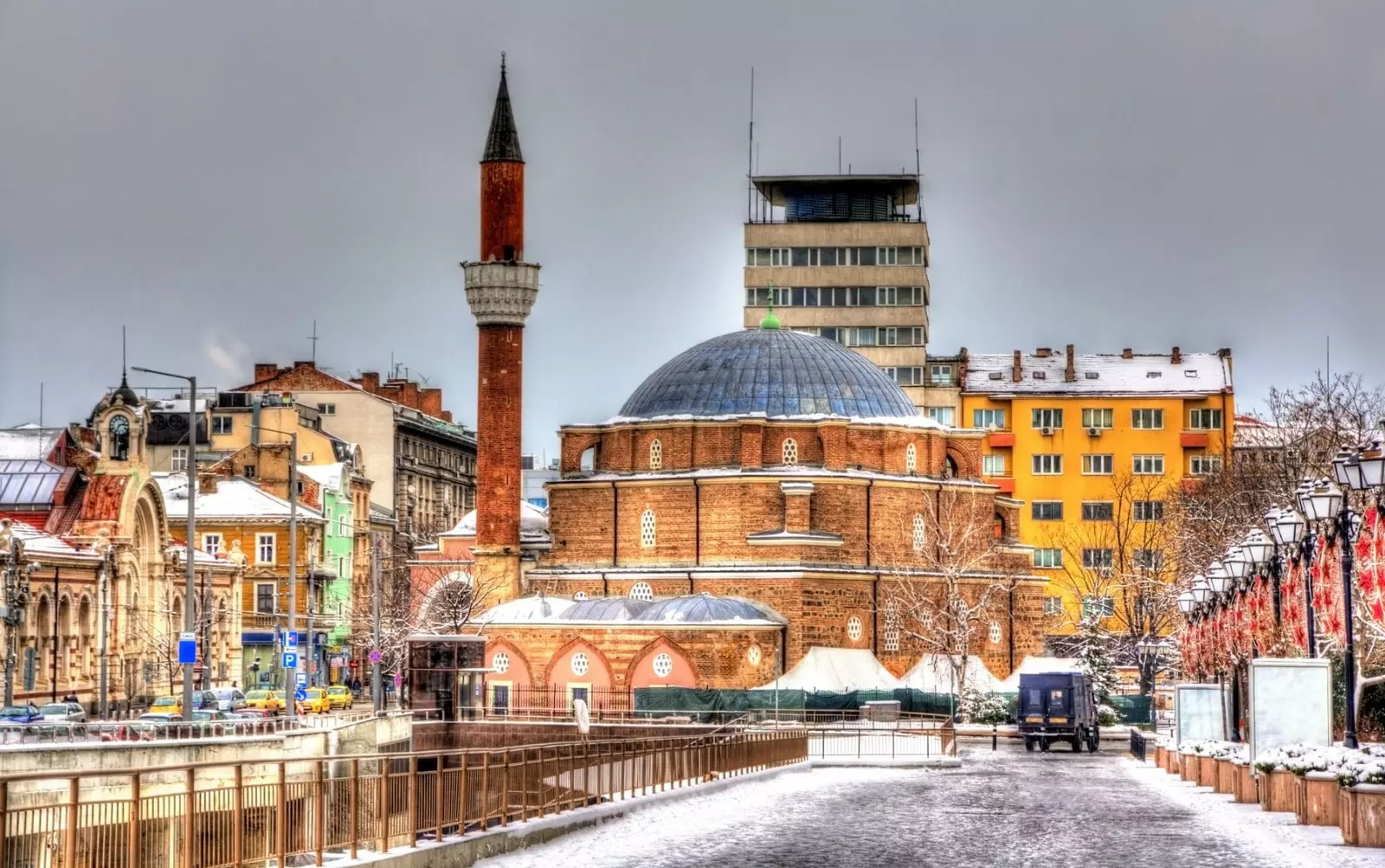
Banya Bashi Mosque
